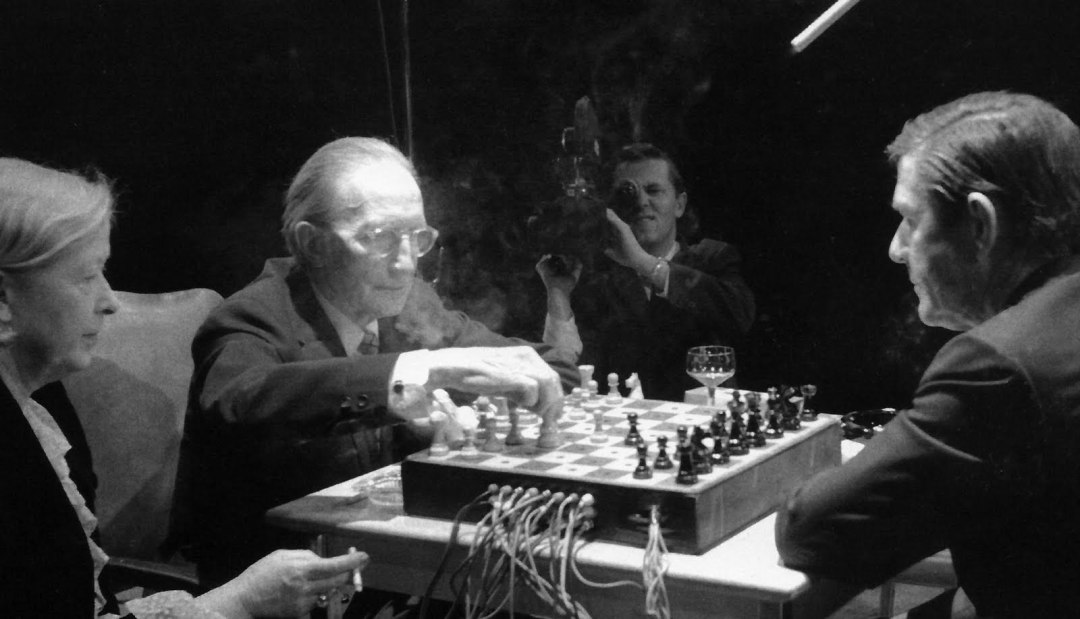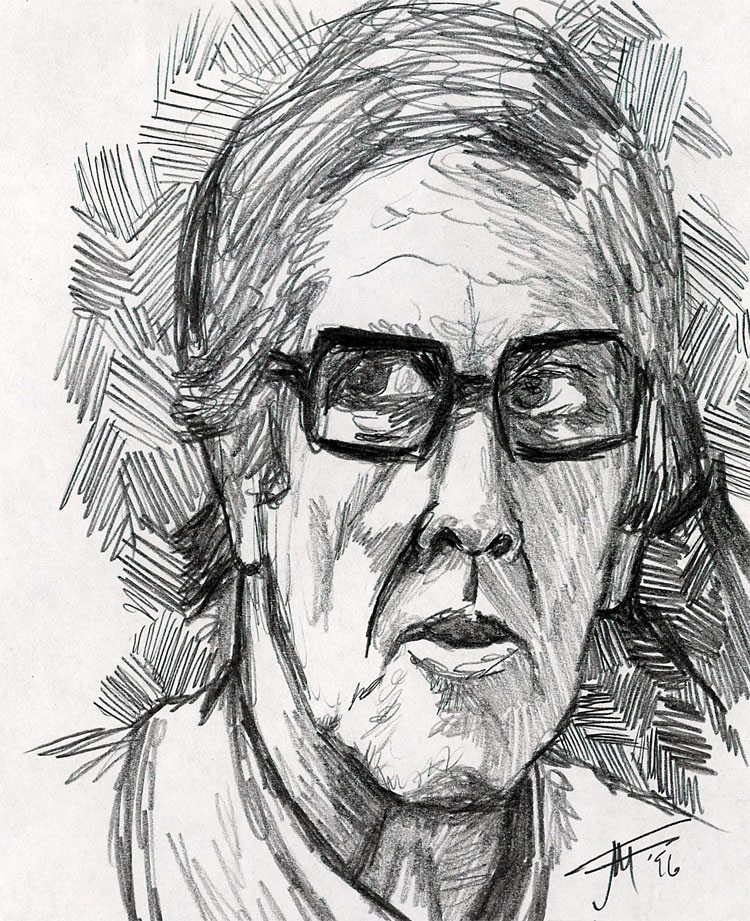
A remarkable letter to the editor appeared in this month’s BBC Music Magazine (December 2012: Volume 21, Number 2; pg 8) relating John Cage’s infamous 4’33” to absolute zero. Rather than comment about it, I’ll just quote it below:
FROZEN CAGE
I’m not sure that Rainer Hersch is right bout the real message of 4’33” (column, October). When I first heard the piece, I wondered why Cage (above) had chosen that particular time interval, and as a physicist/musician, I soon had the answer. 4’33” is 273 seconds, and if you listen to the piece, this is really -273, since the ‘composer’ has subtracted 273 seconds from your life. So the title is really a pun on -273°C, which is very close to the absolute zero of temperature. Cage gives us something close to the absolute zero of sound, but there is still a little noise in the room, just as at -273°C there is still a little noise among the atomic particles. In case you should wonder whether I’m being serious about this, I should tell you that, according to local gossip, a musicologist from New York City has discovered a previously unknown work by Cage: Concerto for Unprepared Pianist, found in a disused aviary in Aleatoria, New York.
Keith Francis, Massachusetts
Just for fun, here is a pencil sketch portrait I did of John Cage in 1996:

5 x 8
pencil
(1996)


Notably, the author of that letter has a son who could accurately be described as a “cellist, composer and multi-instrumentalist”.
LikeLike
From the author of the letter – you misspelled my first name!
KEITH
LikeLike
Apologies, Keith–it’s been corrected!
LikeLike